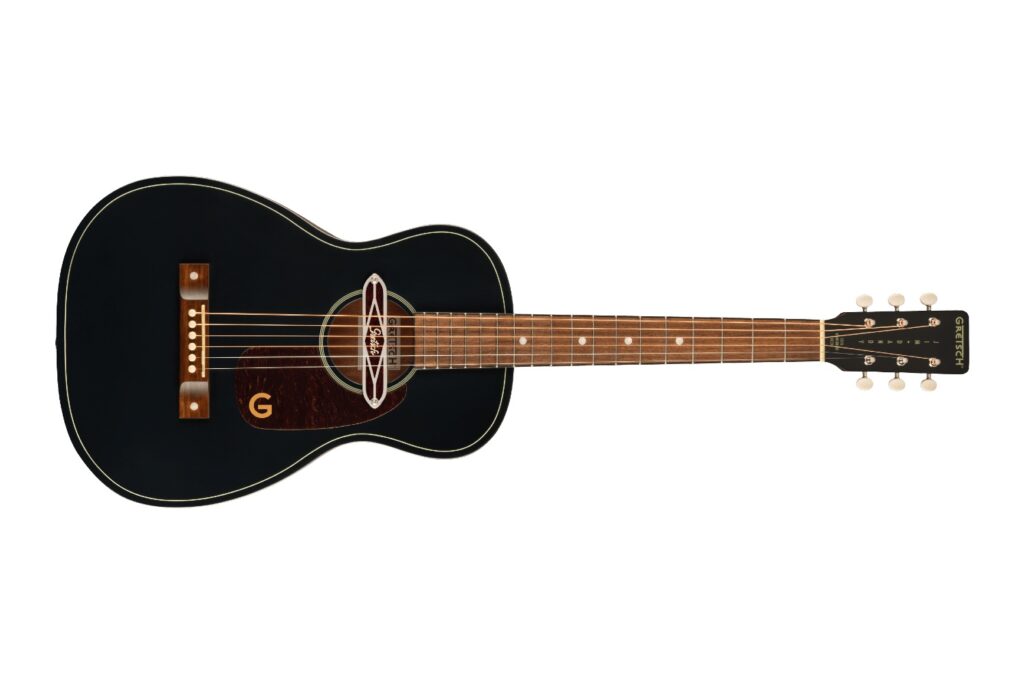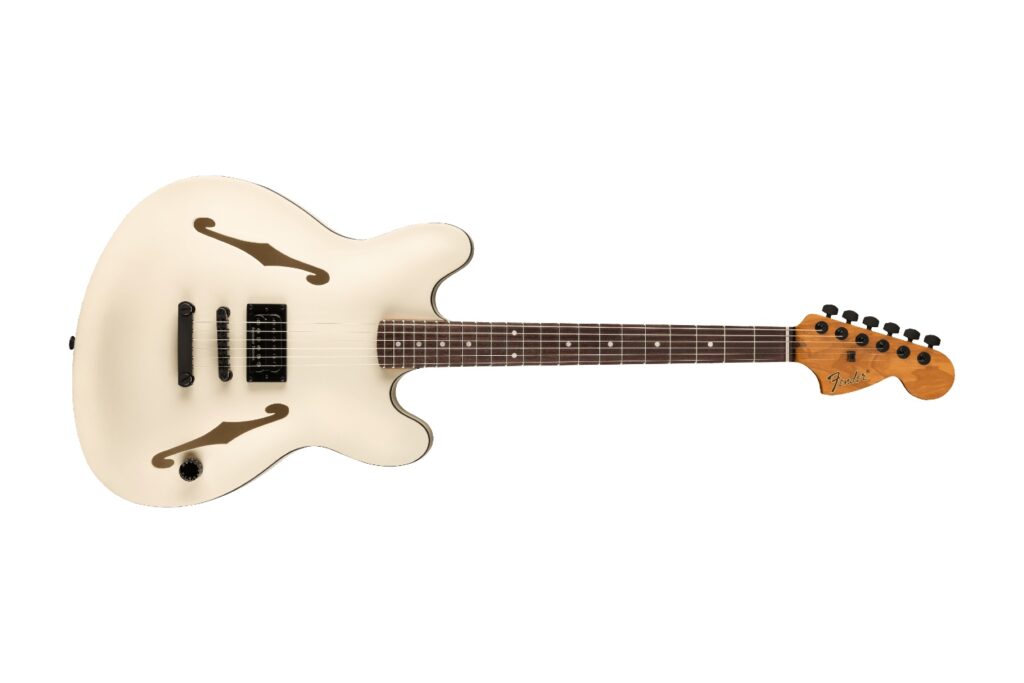THE SET
Aesthetically, this pedal is on point. It’s clean, of approximate average size, and only really adorned with the aforementioned statement. On top you’ll find a footswitch and three knobs: one for gain, one for treble and one for output. Both the in and out jacks are found on the same side, along with the 9-volt power jack. Around the other side of the pedal is a small switch, which is simply labelled ‘Almost always better’ on one side, and ‘Almost always worse’ on the other. This switch is actually a buffer switch, allowing the user to switch between a buffered output and a true bypass output; a luxury that users of the Centaur Overdrive were never afforded. When Klon first put the Centaur together, they opted for a buffered output to solve any signal degradation problems. While they’re offering the choice to the user now, evidently they still stand by their decision, labelling the buffered side of the switch ‘Almost always better’.
THE FORGET
Plugging the KTR in, it’s easy to see what all the hype is about. From the outset it offers a really decent amount of gain, amp-like gain at that. One of the strengths of not only this pedal, but also its predecessor, is that it won’t muck around too much with the voice of your amp. To really get the best use of this pedal as a garden variety overdrive, you really need to have the output set at least above ten to really drive the signal. The gain moves from subtle and dirty, all the way up to a pretty gnarly high gain tone. There are a lot of nuances within these controls. Though they may be simple, take some time to work out where the treble and output needs to be to get the best out of the relationship between this pedal and your amp. Another of the real strengths of the KTR overdrive, and indeed one of the reasons it’s become so popular, is the fact that it can effortlessly double as a super effective boost. With the gain setting dialled right back, this circuit has loads of headroom, so by cranking up the output and using it as a boost, you won’t generate any unwanted noise or distortion that you might with other overdrives. Better still, pull up the gain a fraction and play around with the treble to give your boosted signal a character of its own.
For more info on the range of Klon products, visit guitarfactory.net.







